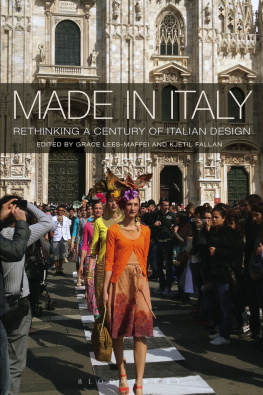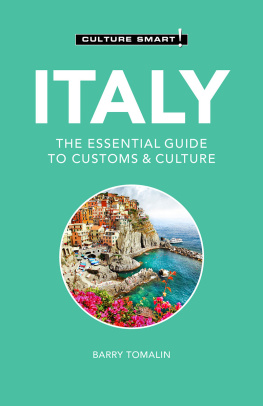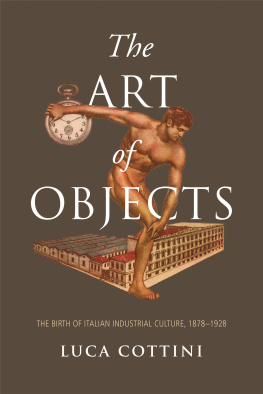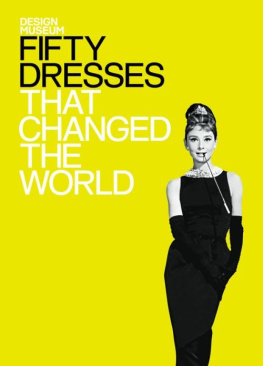Is this car Italian, Russian or Cuban? A Lada 1200sa Russian modifi cation of the 1966 Fiat 124on the streets of Havana, Cuba, where it is a staple of everyday life |
Transculturation in transit: mod-ifi ed Lambrettas and Vespas on the streets of Brighton, United Kingdom |
An Italian design icon by a Japanese designer: the 1977 Baby Gaggia domestic espresso machine designed by Makio Hasuike |
A futurist foray into industrial design: in 1932 Fortunato Depero designed the characteristic Campari Soda bottle still used today |
Bourgeois modernism by the letter: the 1935 Olivetti Studio 42 xtypewriter designed by Aleksander Schawinsky, Luigi Figini and Gino Pollini |
The oil company AGIP was one of many enterprises controlled by the Italian state through the Institute for Industrial Reconstruction (Istituto per la Ricostruzione Industriale). AGIP became an important design commissioner with high visibility in Italian material culture, for example through its ubiquitous gas stations |
The times they are a-changing: the installation Il Caleidoscopio by Vittorio Gregotti, Giotto Stoppino and Lodovico Meneghetti, projecting film montage by Peppo Brivio on the theme of leisure and labour on tilted mirror walls at the XIII Triennale di Milano, 1964 |
Antidesign goes mainstream: advertisement for the 1968 Zanotta Sacco beanbag designed by Piero Gatti, Franco Teodoro and Cesare Paolini |
Fiat Panda police car in Olbia, Sicily, March 31, 2009 |
The Daily African advertisement, Diesel For Successful Living campaign, 2000 |
Patricia Urquiola, Foliage sofa and Jelly vessels |
Superstudio, Quaderna tables for Zanotta, 1971 |
Ettore Sottsass, a sketch for his India-inspired Ceramics to Shiva, 1964 |
Ettore Sottsass posing in front of Beverley, a cupboard/shelving system designed for Memphis, 1981 |
Roberto Mango in New York City, c. 1951 |
Advertising sheet for String Chair, designed by Roberto Mango for Allan Gould Inc. |
Cover by Roberto Mango for the November 1954 issue of Interiors, dedicated to the Triennale di Milano |
Two pages from Roberto Mangos photographic album documenting the construction of the cardboard domes at the 1954 Triennale di Milano |
Four views of Roberto Mangos experimental cardboard chair designs for Italcarton, 1968 |
Italian designers at Ulm |
Toms Maldonado and Ettore Sottsass at Ulm, working on the Tekne 3 model, 1960 |
Toms Maldonado observing a typist testing the keyboard of the Tekne 3 model, Ulm, 1960 |
Models of the keyboard of the Tekne 3, Ulm, 1960 |
Models of the keys of the Tekne 3, Ulm, 1960 |
Sign system for the Elea 9003 Olivetti mainframe computer |
Logos for diff erent types of merchandise, from the Upim Corporate Identity Manual |
Model presenting a synthesis of all the applicable regulations, from the Upim Corporate Identity Manual |
Invitation for the inauguration of lUniversit delle Arti Decorative (the University of the Decorative Arts) in Monza, designed by the Scuola del Libro students, 1922 |
Marcello Nizzoli, poster for the Th ird Biennial of Decorative Arts in Monza, 1927 |
Tommaso Buzzi, drawing plans for a double-sided desk-bookcase |
Classroom of pottery decoration, Istituto Superiore di Industrie Artistiche (ISIA), fi rst half of the 1930s |
Project for Securit crystal furniture, 3rd Student Competition Award |
Display stand of the Scuola del Libro exhibiting students work at the V Triennale di Milano in Milan, 1933 |
(A) Total Italian ceramic exports to the United States and other countries between 1938 and 1953, by weight. (B) Italys majolica exports to the United States and other countries between 1949 and 1958, by monetary value |
Cover page of the catalogue Handicrafts of Italy |
Pages 42 and 43 of the Italian Ceramics catalogue, c. 1954 |
Gio Ponti and Nino Zoncada, Conte Grande, central staircase leading down to the first-class dining hall, detail showing caryatid in majolica by Fausto Melotti, c. 1949 |
Gio Ponti and Nino Zoncada, Giulio Cesare, first-class saloon with a showcase featuring glass works by Paolo Venini; ceramics by Guido Gambone, Pietro Melandri, Fausto Melotti and Luigi Zortea; and objects in enamel by Paolo De Poli, c. 1948 |
Superstudio, Encampment collage from their Life without Objects environment |
Gruppo 9999, extract from their Vegetable Garden House collage |
Gruppo 9999, prototype of Vegetable Garden House at Space Electronic nightclub, Florence, c. 1972 |
Drawing by Alessandro Poli of the homestead of the Tuscan peasant farmer Zeno Fiaschi for research into a self-sufficient culture, 19791980 |
Photograph taken by Alessandro Poli of Zeno Fiaschi in his house in Riparbello |
Giuseppe De Finetti, Bottega di Poesia gallery, Milan, 1923: library room |
Pietro Lingeri, Il Milione gallery, Milan: entrance and interior photomontage in a gallery advertisement (detail) |
Carlo Scarpa, Galleria del Cavallino, Venice, 1942: interior sketches |
Camillo Magni and Aldo Cerchai, Galleria Blu, Milan: interior (second exhibition room) |
Alberto Salvati and Ambrogio Tresoldi, Galleria Vismara, Milan, 1974: ceiling (detail) |
I Padiglioni Italiani alla Mostra della Stampa di Colonia e di Barcelona |
I Padiglioni Italiani alla Mostra della Stampa di Colonia e di Barcelona |
Two views of Sala O from the Mostra della Rivoluzione Fascista, 1932 |
Mosaico di Mario Sironi |
Centrality of the user experience in a diagram designed by Bob Noorda to illustrate some innovative solutions for the Metropolitana di Milano Linea 1 |
Visual metaphor: the bright red handrail designed by Bob Noorda leads commuters from the street into the underground station and also symbolises the network itself |
An environmental model designed by Albe Steiner and his students to recreate the user experience and showcase their work for the Urbino municipality in 1969 |
Massimo Dolcini, Lets Open the City, 69 by 99 centimetres (26 by 39 inches), serigraphy, 1985 |
Confronting entropy head-on: some of the posters designed by A G Fronzoni for the city of Genoa |
An Alfa Romeo 8C, with body design by Carrozzeria Touring, at the 2006 Mille Miglia |
An Italian soldier and his Fiat Topolino, first half of the 1940s |
An Isetta (BMW version) at the 2006 Mille Miglia |
A boy playing with a Fiat Nuova 500, 1975 |
Crowd admiring a Ferrari in Florence (Piazza della Signoria, 2006 Mille Miglia) |
La Pavoni Ideale, first manufactured in 1905; this model with a luxury finish is from circa 1910 |
La Pavoni D.P. 47, 1947, designed by Gio Ponti |
Gaggia Classica, 1948 |
|









